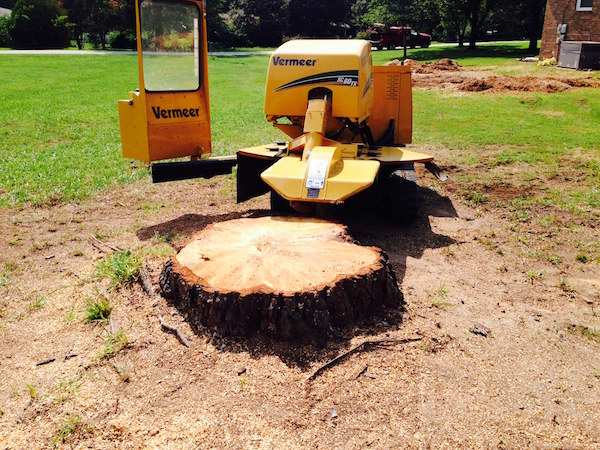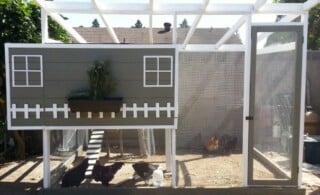
Whether your tree was damaged in a storm, has become overgrown, or if you just want to make extra room in your yard, tree removal is a common solution for many homeowners. The first thing to consider in many of these situations is safety. Even professional loggers get injured during the imprecise nature of tree removal. Always know what you’re doing before undertaking any tree project on your own. For more dangerous projects, you should always have another person on site even if you have some expertise. Here are some other things to consider with some common tree projects.
Tree Felling
By far the most dangerous activity, you should never attempt to fell a tree, unless you have the proper equipment and knowledge. In some states, it’s illegal to fell a tree without proper certification. Potential hazards in the surrounding area must be identified and removed. An adequate retreat path must be created to allow the person to reach safety. Hinge wood must be in place to guide the tree during its fall. Safety equipment needs to be worn by everybody in the area. Trees that fall on other younger trees can create a dangerous spring effect. All of these safety precautions must be taken under ideal circumstances. Broken, diseased, or dead trees present their own dangers and must be dealt with accordingly.
Tree Root Removal
Tree root removal is an entirely different animal depending on whether or not you’re trying to save the tree in question or if you simply need tree root removal after a tree is fell.
Tree Root Removal (Saving the Tree): First, you need to be sure you really need tree root removal. If the roots are surfacing through your lawn creating a problem with lawn mowing and other lawn activities, your best bet is probably to grind the roots down to a manageable level and then top off the patch of lawn with a few inches of soil and plant some grass seed. Sometimes for home improvement projects, like home additions, it’s necessary to cut through tree roots for construction. Trees can survive this process but only under favorable conditions. If you’re trying to save the tree, you might consider artificial bracing and cabling, as the tree will be weakened by removing even some of the root system.
Ready to start your tree removal?
Find ProsTree Root Removal (With Tree Removal): If your tree roots are causing cracks in your sidewalk or driveway, tree root removal is probably necessary. Depending on the size and species of the tree, you may be able to remove them with a spade and axe. Otherwise you’ll need to hire a tree service professional, in which extra tree removal costs will apply. If the roots aren’t a problem, you probably don’t need to remove them. Grind the stump down and/or treat it with chemicals and you shouldn’t have to worry about new growth.
Tree Trimming
While not as involved as tree felling, you still need to take several safety precautions when you do your tree trimming. If you’re using a ladder, tie the ladder off on a solid, healthy limb. Never climb a ladder with a trimming tool. Climb the ladder first and have someone hand the tool up to you. Use saws or tree pruners, never axes or hatchets.
Hiring Pros
One reason you might consider hiring a professional is the equipment they’ll be able to bring. Proper chain saws and pole tree pruners can be invaluable during the tree trimming process. They should also bring a wood chipper to help trimmed limb removal. If you’ve been thinking about a mulching project, this is the perfect time as the wood chipper will make your mulch from your own tree.
Tree trimming is common after the high winds of a storm have caused tree damage. Whenever you’re trimming a tree near power lines and especially after a storm, it is imperative you make sure the power lines have been turned off and/or you use other adequate safety precautions. Tree limbs do not have to be touching the power lines to present a real danger. Contact your utility company and find out what voltage is running through your power lines and the minimum distance you must maintain to work safely.
 Raising Chickens at Home
Raising Chickens at Home  Xeriscaping: Environmentally Wise Landscaping
Xeriscaping: Environmentally Wise Landscaping  Checklist: Winter Landscape Tips
Checklist: Winter Landscape Tips  The Myths that Lead to Common Landscaping Mistakes
The Myths that Lead to Common Landscaping Mistakes  French Drains
French Drains 

Are You Familiar With This Topic? Share Your Experience.